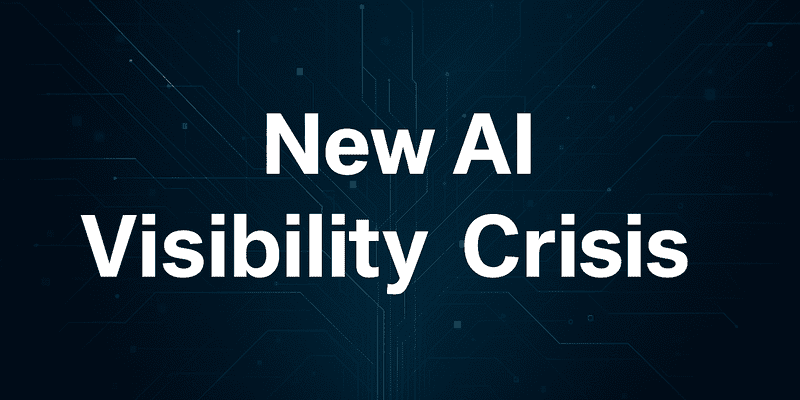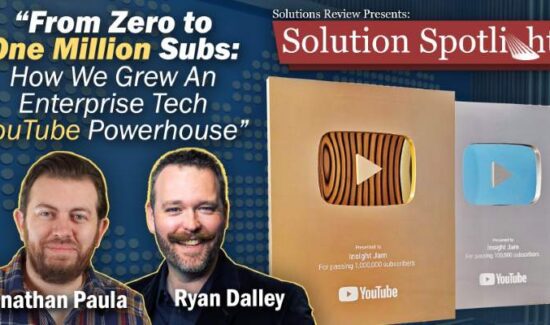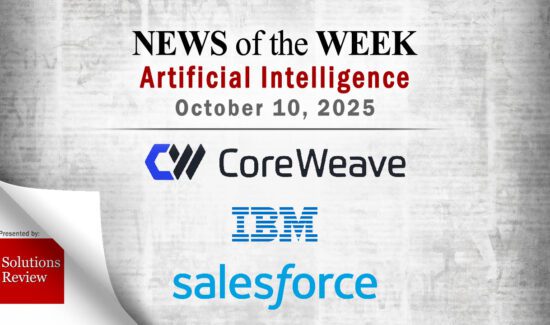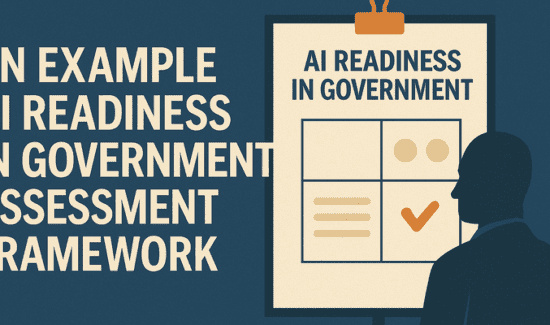Digital Visibility Marketing: Your 2026 LLM Ingestion Strategy

Solutions Review Executive Editor Tim King offers a 2026 prospectus on digital visibility marketing and why you need an LLM ingestion strategy.
The age of visibility has changed forever. By 2026, the dominant layer of online discovery won’t be Google’s index or LinkedIn’s feed — it will be large language models (LLMs). These models are rapidly becoming the new gatekeepers of digital relevance. What they ingest, cite, and trust defines what the world sees. Everything else fades into the noise.
And here’s the hard truth: if you’re waiting for the LLMs to ingest your content naturally, you’re failing. This is not SEO 2.0. It’s algorithmic validation on a completely different plane — one built around trust signals, citations, and authoritative ecosystems, not keywords and backlinks.
The Death of Organic Discovery
For more than two decades, brands have relied on organic search, social virality, and paid amplification to drive awareness. That model is collapsing in real-time. AI Overviews, chatbots, and generative search interfaces are rewriting how information is surfaced. Instead of ten blue links, there’s one AI-generated answer — and it’s pulling from sources that the model already trusts.
If your content hasn’t been validated, cited, or embedded in authoritative ecosystems, you’re not just behind — you’re invisible. Waiting for “organic ingestion” is like waiting for lightning to strike twice. The models are learning constantly, but they’re also filtering ruthlessly. If you’re not in the training or retrieval data, you’re out of the conversation.
Why Third-Party Validation Is Everything
In the new attention economy, third-party validation is the new SEO. It’s what signals to the models — and to humans — that your content is credible, relevant, and worth surfacing. A self-published blog post or gated whitepaper no longer cuts it. LLMs weigh the authority of the publisher, not just the prose.
That’s why media partnerships matter more than ever. You need your insights amplified by a trusted third-party publication that already exists inside the model’s index of authority. That’s the modern equivalent of an inbound link from The Wall Street Journal circa 2010 — only now, it tells the algorithms to pay attention.
The Multi-Pillar Approach
But not all validation is equal. The most effective visibility strategy for 2026 isn’t one-dimensional — it’s multi-pillar:
-
Editorial Authority: Publication in a credible media outlet signals expertise and trustworthiness.
-
YouTube Reach: Video content, particularly on high-signal channels, gives your brand visibility in multimodal models and video search layers.
-
Community Presence: Active engagement in private professional communities — like Insight Jam — reinforces credibility and generates authentic cross-validation.
Together, these elements create a triangulated signal of authority. It tells the models — and the market — that you’re not just producing content, you’re part of the trusted ecosystem shaping the conversation.
The Clock Is Ticking
It’s Q4, and the next ingestion cycle is already underway. The models that will dominate 2026 are learning now. If you’re not actively being cited, featured, or referenced across verified networks, your brand won’t exist in the datasets that define next year’s visibility landscape.
Because in 2026, you won’t measure reach in clicks or views. You’ll measure it in citations, embeddings, and trust. The brands that act now — that invest in third-party validation and integrated media partnerships — will own the future of AI-driven visibility. Everyone else will wake up next year wondering why their content disappeared.
If you want your brand’s insights, experts, and stories to be ingested, not ignored, let’s talk about how to make that happen through multi-channel validation: trusted editorial, amplified reach, and community authority.
Note: These insights were informed through web research using advanced scraping techniques and generative AI tools. Solutions Review editors use a unique multi-prompt approach to extract targeted knowledge and optimize content for relevance and utility.



